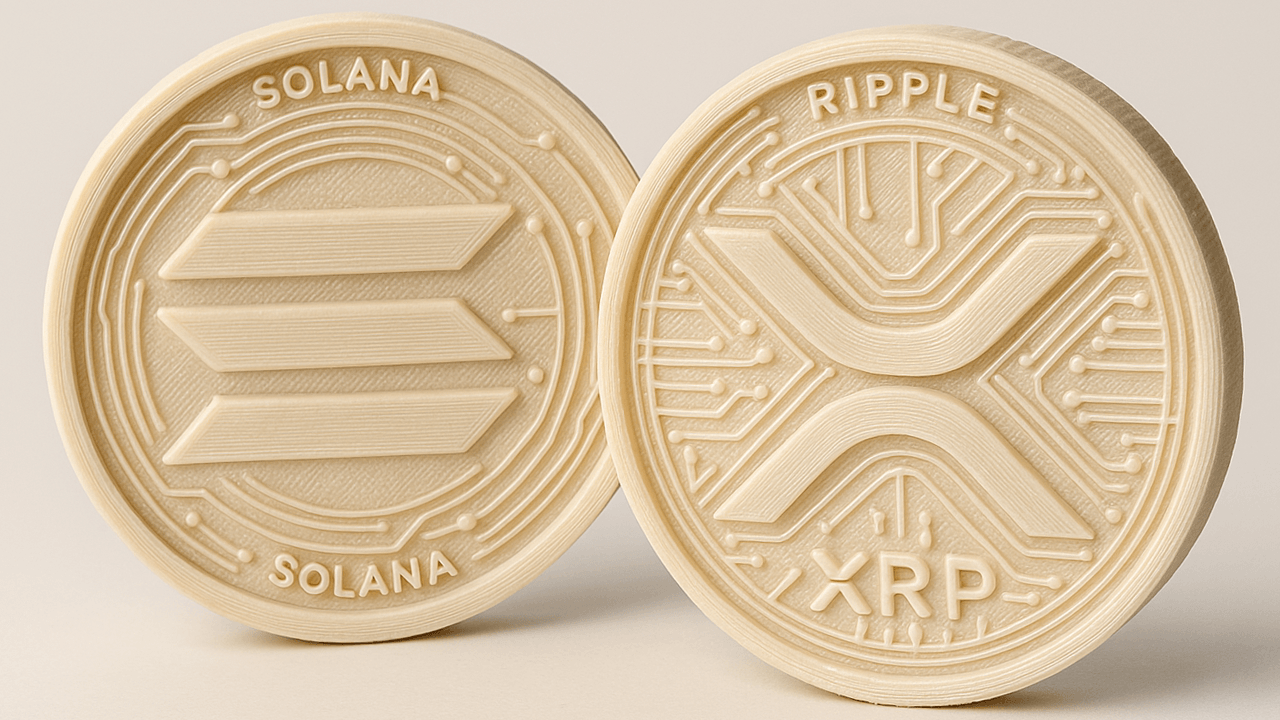In the world of SaaS, everyone talks about scaling—but what does scalability really mean when you're building a product from the ground up? A lot of people think scalability is just about handling more users or adding more servers. But in reality, scalability starts at the architecture level and flows all the way into how you structure your pricing, onboarding, and even customer support. Here’s a breakdown of what actually makes a SaaS product scalable—based on real-world experience and building client SaaS solutions at Dream Cyber Infoway. 1. Modular Architecture > Monolith Madness If your SaaS platform isn't modular, you're going to feel the pain once you try to evolve it. Using a microservices-based architecture (or at least well-separated modules) makes it easier to: Add new features without breaking existing ones Scale specific services based on usage (e.g., heavy analytics or messaging) Delegate dev work across teams efficiently 2. Database Optimization is Not Optional Many early-stage SaaS apps go live on a single RDS or MongoDB instance with no indexing or optimization strategy. That’s a short-term win that becomes a long-term bottleneck. Use: Read replicas Sharding (when needed) Proper caching layers (Redis, Memcached) Regular performance audits Also: design your schema with growth in mind. A single table with 10M+ rows that isn’t indexed = your future nightmare. 3. Multi-Tenant Strategy from Day 1 A scalable SaaS app is usually multi-tenant, meaning a single instance of the app serves multiple customers (tenants), each isolated securely. Don't treat this as an afterthought—your billing, feature access, user roles, and even data storage may hinge on it. 4. Asynchronous Processes Save the Day Whether it's sending emails, processing documents, or syncing third-party APIs—async is your friend. Queue-heavy tasks with: RabbitMQ / Kafka AWS SQS / SNS Cron jobs or workers using Celery, Sidekiq, etc. This makes sure your core user experience is never blocked by background noise. ** Automated Onboarding & Support Tools** Scaling isn’t just about infrastructure—it's about people too. If your onboarding requires handholding or your support can't handle increased tickets, you hit a bottleneck. Use: Interactive product tours (e.g., Intro.js, WalkMe) In-app FAQs and tooltips Automated workflows via Zapier or internal scripts ** Billing, Analytics, and Monitoring = Built-in** A SaaS that can't track its performance, usage, or revenue isn't scalable—it's unstable. Build in or integrate: Usage tracking (Mixpanel, Segment) Monitoring (Datadog, Sentry, New Relic) Subscription management (Stripe, Chargebee) This not only improves dev confidence but also helps non-tech teams manage growth without dev dependency.
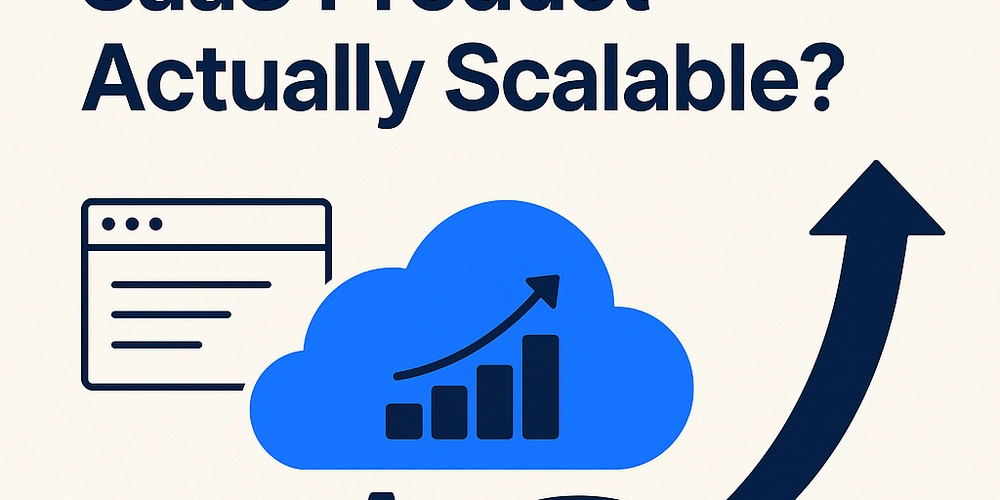
In the world of SaaS, everyone talks about scaling—but what does scalability really mean when you're building a product from the ground up?
A lot of people think scalability is just about handling more users or adding more servers. But in reality, scalability starts at the architecture level and flows all the way into how you structure your pricing, onboarding, and even customer support.
Here’s a breakdown of what actually makes a SaaS product scalable—based on real-world experience and building client SaaS solutions at Dream Cyber Infoway.
1. Modular Architecture > Monolith Madness
If your SaaS platform isn't modular, you're going to feel the pain once you try to evolve it.
Using a microservices-based architecture (or at least well-separated modules) makes it easier to:
Add new features without breaking existing ones
Scale specific services based on usage (e.g., heavy analytics or messaging)
Delegate dev work across teams efficiently
2. Database Optimization is Not Optional
Many early-stage SaaS apps go live on a single RDS or MongoDB instance with no indexing or optimization strategy.
That’s a short-term win that becomes a long-term bottleneck.
Use:
Read replicas
Sharding (when needed)
Proper caching layers (Redis, Memcached)
Regular performance audits
Also: design your schema with growth in mind. A single table with 10M+ rows that isn’t indexed = your future nightmare.
3. Multi-Tenant Strategy from Day 1
A scalable SaaS app is usually multi-tenant, meaning a single instance of the app serves multiple customers (tenants), each isolated securely.
Don't treat this as an afterthought—your billing, feature access, user roles, and even data storage may hinge on it.
4. Asynchronous Processes Save the Day
Whether it's sending emails, processing documents, or syncing third-party APIs—async is your friend.
Queue-heavy tasks with:
RabbitMQ / Kafka
AWS SQS / SNS
Cron jobs or workers using Celery, Sidekiq, etc.
This makes sure your core user experience is never blocked by background noise.
**
- Automated Onboarding & Support Tools** Scaling isn’t just about infrastructure—it's about people too.
If your onboarding requires handholding or your support can't handle increased tickets, you hit a bottleneck. Use:
Interactive product tours (e.g., Intro.js, WalkMe)
In-app FAQs and tooltips
Automated workflows via Zapier or internal scripts
**
- Billing, Analytics, and Monitoring = Built-in** A SaaS that can't track its performance, usage, or revenue isn't scalable—it's unstable.
Build in or integrate:
Usage tracking (Mixpanel, Segment)
Monitoring (Datadog, Sentry, New Relic)
Subscription management (Stripe, Chargebee)
This not only improves dev confidence but also helps non-tech teams manage growth without dev dependency.












































































































































































![[The AI Show Episode 143]: ChatGPT Revenue Surge, New AGI Timelines, Amazon’s AI Agent, Claude for Education, Model Context Protocol & LLMs Pass the Turing Test](https://www.marketingaiinstitute.com/hubfs/ep%20143%20cover.png)














































































































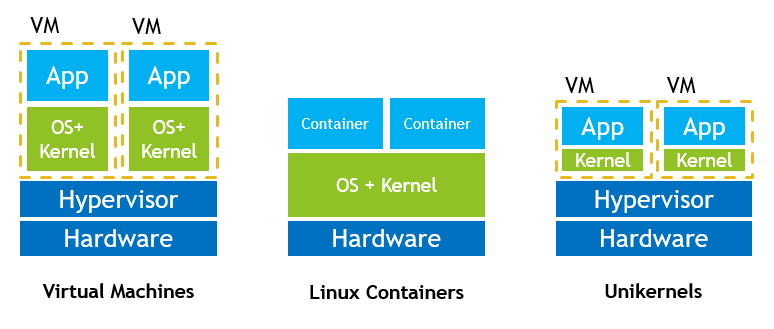

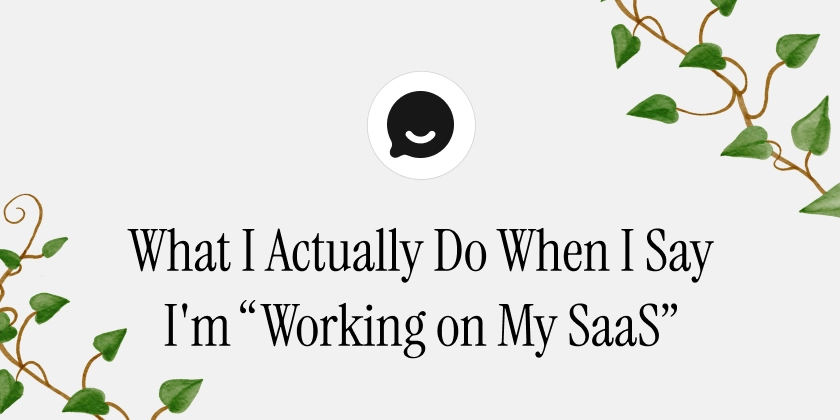
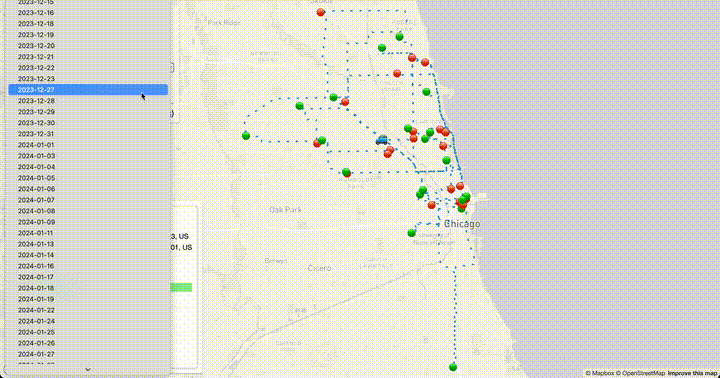








![[DEALS] Microsoft Visual Studio Professional 2022 + The Premium Learn to Code Certification Bundle (97% off) & Other Deals Up To 98% Off](https://www.javacodegeeks.com/wp-content/uploads/2012/12/jcg-logo.jpg)



![From Accountant to Data Engineer with Alyson La [Podcast #168]](https://cdn.hashnode.com/res/hashnode/image/upload/v1744420903260/fae4b593-d653-41eb-b70b-031591aa2f35.png?#)







































































































.png?#)













































































































































![iPadOS 19 Will Be More Like macOS [Gurman]](https://www.iclarified.com/images/news/97001/97001/97001-640.jpg)
![Apple TV+ Summer Preview 2025 [Video]](https://www.iclarified.com/images/news/96999/96999/96999-640.jpg)
![Apple Watch SE 2 On Sale for Just $169.97 [Deal]](https://www.iclarified.com/images/news/96996/96996/96996-640.jpg)

























































































































